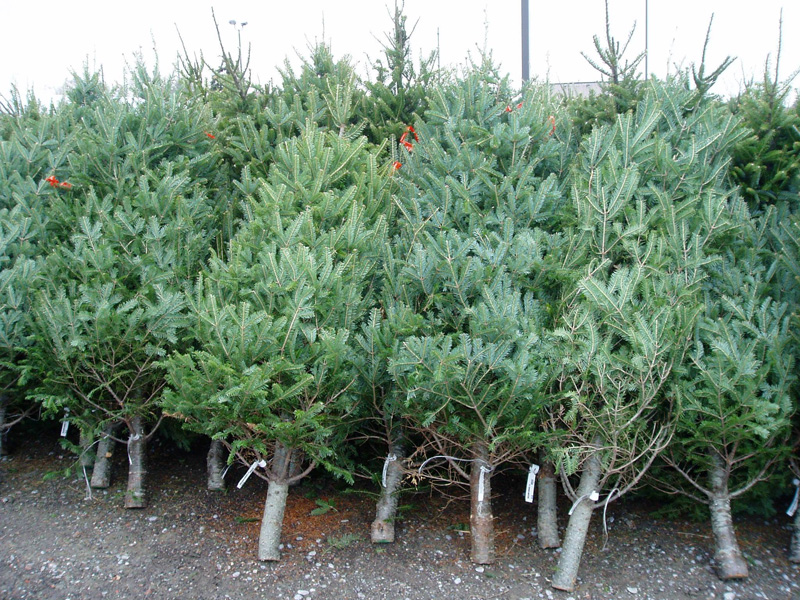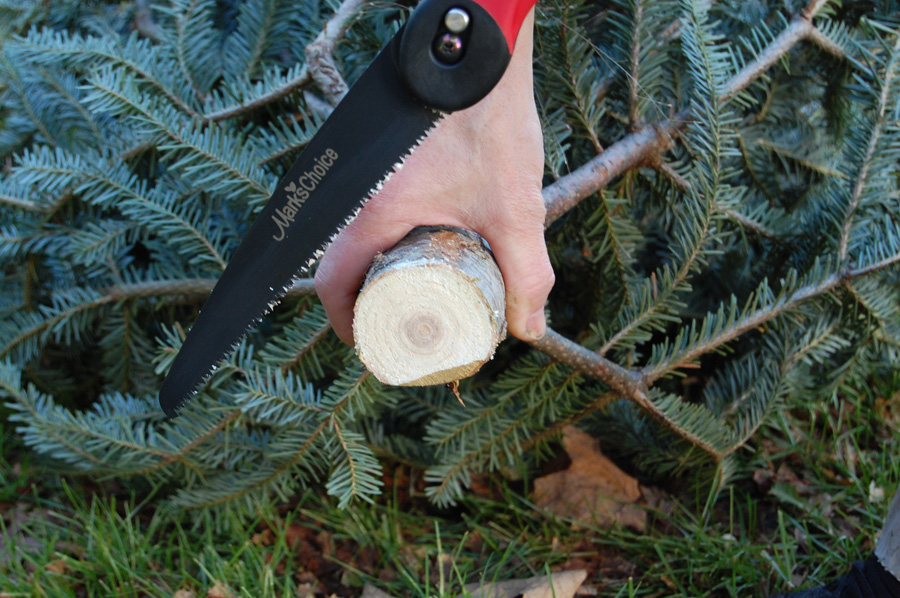How to Select a Christmas Tree
“What is the best Christmas tree?”
It is a great question, as not all Christmas trees are created or grown equal and there are new varieties/species offered almost every year.

Here are the various qualities of the trees that are available:
Canadian Christmas trees: in order of my personal favourites:
Five *’s = very favourite
One * = poor choice.
Fraser Fir *****. Tall, straight, wonderful evergreen scent and above average needle retention. A traditional look. Soft needles: easy on the hands. I will put one of these in my home partly because they are easy to set up. Have you ever put up a Christmas tree that had a crooked trunk? It is a test of anyone’s good will and ‘Christmas spirit’. If I am ever visited by the ghost of Christmas past, I am sure that he will take me to that day in the garage when I tried putting a Scots pine into a 3 legged tree stand. Not a pretty picture.
Noble fir *****. Much like the Fraser Fir but with a wonderful silver tone to the underside of the needles.
Balsam ****. Great needle retention, straight trunk, nice scent. A maritime native. Only downside is the distance between branches is rather generous, giving the tree a thinner look than its Fir cousins. The lower cost may encourage you to look for this one at your local supplier.
Scots Pine ***. This was the #1 cut Christmas tree a generation ago. The greatest advantage of the Scots Pine is that it has long needles that are stiff enough to hold up most any tree ornament. Also, it is densely branched, providing an excellent opportunity to load it up with lights and decorations. However, the trunk of the Scots Pine is seldom straight and never as straight as that of the aforementioned Fir. It has reasonable needle retention, a gentle scent that is most intense when you first bring it into the house and the price is lower than any of the more popular trees.
White spruce **. The very first Christmas tree, legend has it, was cut somewhere in Bavaria, Germany about 350 years ago and was likely a spruce of some kind. It has poor needle retention, usually has wide gaps between branches (minimizing the opportunity for decorations and lights) and the scent is moderate.
Above all, I steer away from the White Spruce for the fire hazard that results from the dramatic needle drop.
If you live in the country and are cutting a spruce down on your own property, be sure not to bring it indoors until about 5 days before Christmas. And take it back outdoors a couple of days after Christmas. That way the ‘needle drop’ will not cause too much of a problem: like clogging up your vacuum cleaner.

How to Take Care of Your Tree:
1. Look for a tree with a straight trunk – anyone that has tried to put a crooked tree in a stand will tell you the same thing.
2. Look for bushiness that suits your space. Look for a tree that is the right height for the room you plan to put it in. You pay for height when you buy a tree – no use cutting off a foot or two!
3. Cut about 2 inches off of the bottom of the trunk the same day that you plan on putting the tree up. This opens up the capillaries in the tree, increasing its ability to take up water.
4. ALWAYS use a stand that holds water and make sure that you keep it topped up. This, more than anything else that you do will help the tree to hold its needles for the longest time possible.
5. Use a tree preservative. I recommend an application of Wilt-Pruf®. The liquid concentrates are arguably helpful though I am unsure just how much so.
6. When you dispose of your tree, leave it for the municipality to recycle OR place it in the garden, stand and all, until spring. It will provide protection for visiting birds. I put mine within 20 ft of bird feeding stations.
Above all, take family and friends out for the tree selection experience and get the Christmas spirit stirred up well ahead of the big day!




